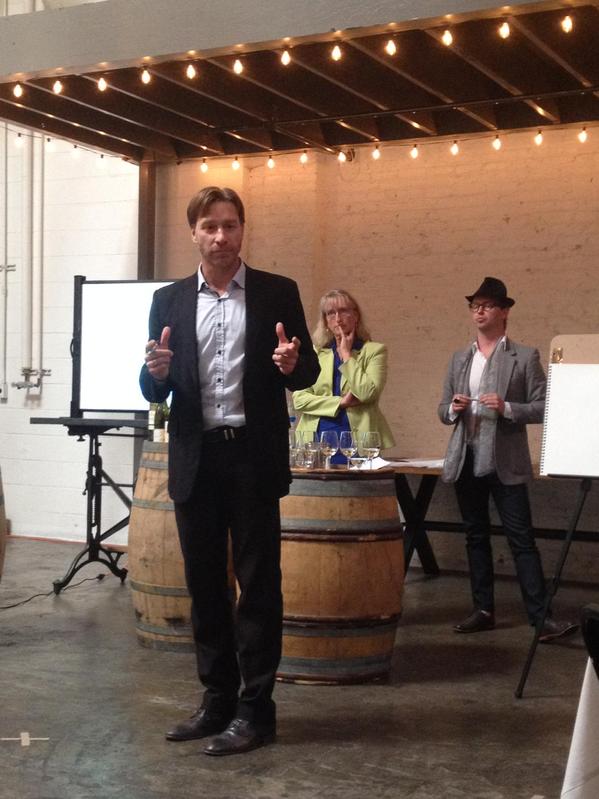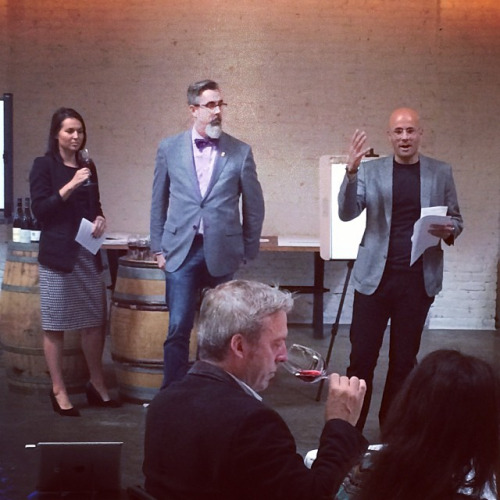It’s 10 am at the Bluxome Street Winery, and the room is jamming. Forty people have gathered to watch five teams of sommeliers compete in W&S’s second annual Sommelier Scavenger Hunt. Last year, the topic was great wine regions across the US. This year: Destination Australia.
We picked Australia as we know it to be a country filled with a diversity of wines—and yet Australian wine doesn’t tend to get a lot of real estate on the restaurant wine list. What would happen if we sent top sommeliers direct to the source?
Fascinating stuff, as it turns out. Each team selected a different part of the country, and from there, they had three days to figure the place out on their own. The end goal: to come home with six wines that best sum up the character of the place, from geography and geology to climate and culture.
Those are the wines they are showing this morning, and, as there’s a certain unease among the audience: What’s this going to be like? Will the wines be good?


Team Margaret River—an all-California trio made up of Lulu McAllister, Gretchen Buck and Chelsea Coleman—came on with an advantage, for anyone who’d followed their Instagram feed at #teammargaretriver, filled with photos that capture sunny days by the Indian Ocean, warm enough to get away with only light jackets. The picture they painted in words sounded just as idyllic—temperate climate, a wind so favorable it’s called “The Doctor,” curing anything that might have ailed the vines; stands of karri trees that distract bugs and birds away from the vineyards, making grape-growing relatively pest-free; and moisture in the air that keeps the landscape a bright, lush green. While the area may be best known for cabernet blends, the three settled on chardonnay as the region’s most expressive wine, presenting several experimental wines with different clones and farming styles.


Acidity was also the topic for Team Yarra—Jared Hooper, Sarah Clark and Paul Coker—who also picked pinot noir as the most compelling grape in the region. “The wines just have this tension, this nervosity,” said Coker, even while the flavors are much darker and richer in fruit than the Tasmanian wines.


Tune in tomorrow to find out who won.
This is a W&S web exclusive feature.
This is a W&S web exclusive. Get access to all of our feature stories by signing up today.















